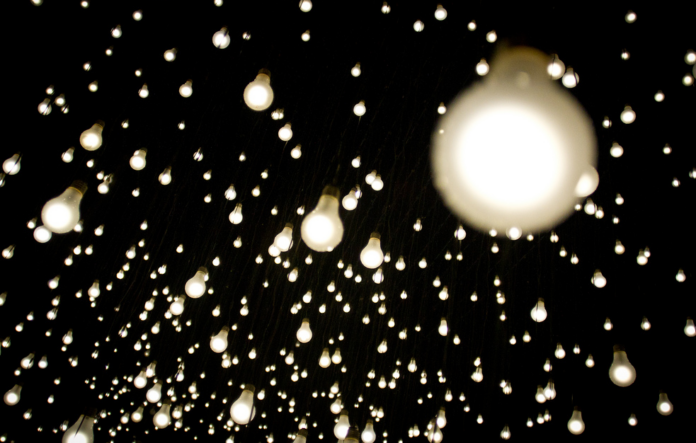The US Department of Energy has recently released an update to its 2013 report “Adaptation of LEDs in Common Lighting Applications,” which apprises the scientific community on some of the developments in the applications discussed in the original report. The original report focused on the adoption of LED technology in 10 common applications for general lighting, as well as the projected savings for full market penetration of LEDs.
A More Efficient State of Being
The Department of Energy’s updated LED report states that the US would have saved up to 4896 trillion BTUs (tBTUs) of energy in 2014 if 10 out of 10 of these common applications had been converted from traditional lighting to SSL-based lighting. At 3% total penetration by LED lighting, the US was able to save 143 tBTUs, which translates to a total of $1.4 billion in saved energy costs. Compared to 71 tBTUs ($675 Million) saved in 2013, the trend is certainly a positive one. Most of these conversions were A-lamps, which do not offer the same energy saving opportunities as other forms of lighting. In response to these findings, the DOE has announced opportunities for funding into research on substituting SSL-based lighting in situations that would greatly increase the amount of energy saved per year.
Some of the most compelling data is in commercial applications for lighting, which typically use high/low bay and linear fixtures. These applications have not reached anywhere near their potential, currently at only 1.3% for linear fixtures and 2.2% for high/low-bay fixtures. The long hours and high lumen output requirements for these fixtures, if converted to SSL lighting, would represent a significant portion of the available energy savings in the US. If every commercial venue converted 100% of its lighting to LED, the DOE states the immediate energy savings would be up to 1165 tBTUs.
The Only Way Forward
The price of LED lighting continues to decrease as developments in technology reduce production costs. Developments in smart lighting technology will also put LEDs in a favorable position on the market. As LED CRI improves to be more human friendly, and the initial price of conversion continues to go down, it has been predicted the DOE will be able report a steady increase in the number of BTUs the US saves each year. In some cases, linear fluorescent lighting with state-of-the-art ballasts remain the most frugal competition, but cannot compare with LED lamps and fixtures in long term ROI.
The DOE plans to provide researching funding opportunities in the Small Business Innovation Research and Small Business Technology Transfer programs. A webinar was held on the July 30th to review the applications for LED and OLED projects. A second webinar is scheduled for August 21st.




